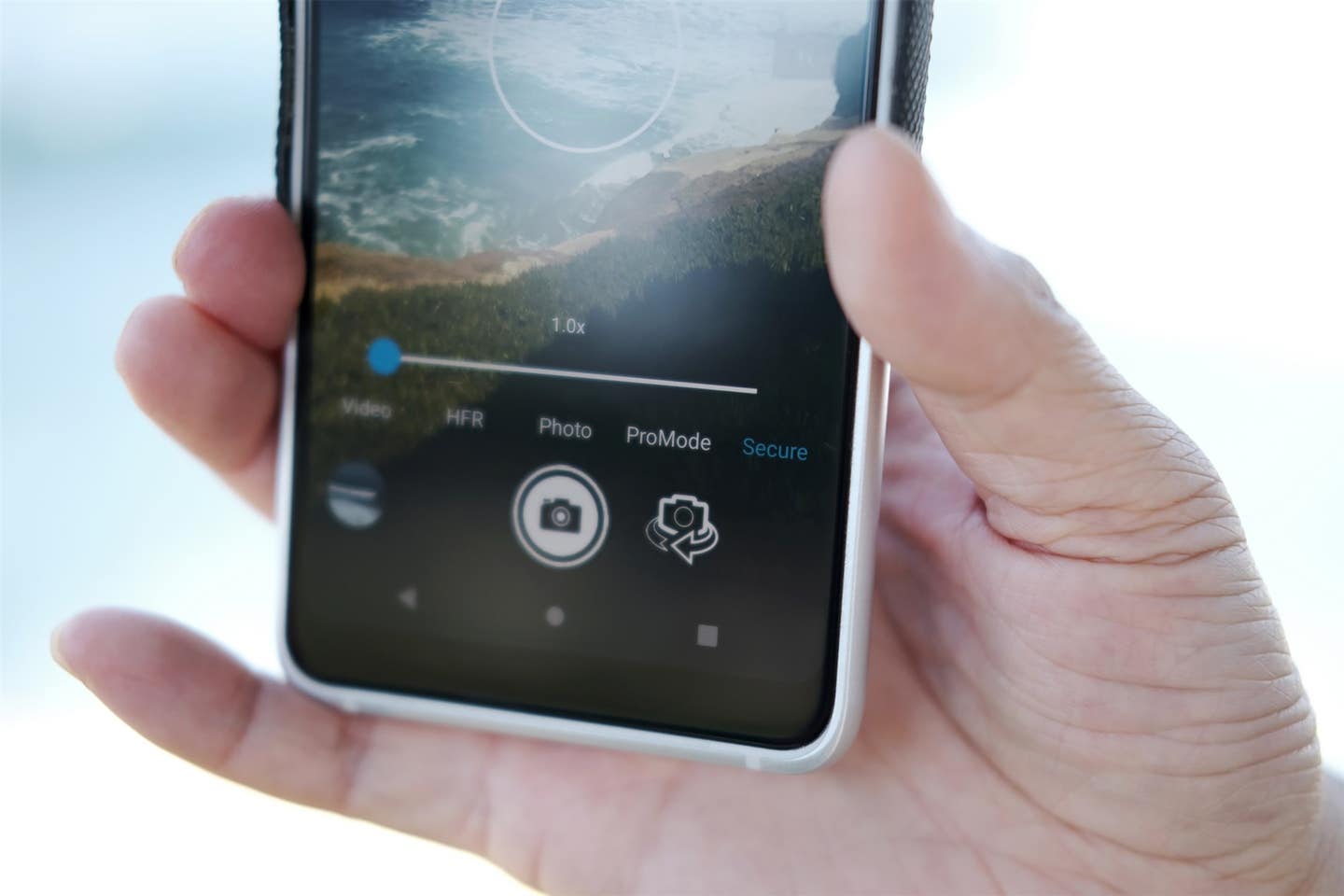Qualcomm announces revolutionary photo and video verification tool
The new feature allows users to take a photo that has a digital signature to prove its provenance, including where and when it was taken

[Oct. 15, 2020: Olivia Solon]
As major tech platforms try to fight the spread of misinformation, Qualcomm, one of the largest manufacturers of smartphone microprocessors, is taking a different approach by targeting its creation.
Qualcomm announced Thursday that it has partnered with the San Diego technology company Truepic to begin embedding a photo and video verification tool within smartphone chips that will be available in some Android devices next year.
The feature enables a “secure” photo capture mode within a device’s native camera app to sit alongside other modes such as portrait, slow motion and time-lapse. The mode allows users to take a photo that has a digital signature to prove its provenance, including the pixels that were captured in the original image and where and when the photo was taken.
While most cameras already capture this type of metadata with image files, it can be manipulated relatively easily by changing settings on the camera so that it looks like a photo was taken at a different time or location.
Truepic’s software makes manipulation of this metadata much harder as, unlike regular camera apps, it sits on a protected part of the Qualcomm Snapdragon microprocessor that is also used to secure fingerprints, and faceprints used to unlock smartphones and make digital payments.
When a secure image is shared or edited, it retains the original data as a way to verify its authenticity and highlight any changes.
“This is a mechanism in which we can restore trust to images and videos on the internet,” Mounir Ibrahim, Truepic’s vice president of strategic initiatives, said in a video call. “We believe it will become the new standard for any image of consequence.”
The new feature comes as other tech companies have begun to explore ways to quickly identify misinformation. Microsoft and the Estonian startup Sentinel have developed tools to identify manipulated media and deep fakes by analyzing images for signs of editing. Truepic is tackling the problem from the other side: creating a new image format whose authenticity is more difficult to dispute.
Ibrahim said that the secure mode could be used by activists and citizen journalists for documenting protests, human rights abuses or war crimes or by people who want to prove that they possess an item they claim to be selling online.
Like these kind of stories? Get The Brighter Side of News' newsletter.
Truepic is also working with the software company Adobe, The New York Times and Twitter to develop an open standard that will allow these secure images to be displayed with some sort of visual cue to highlight the additional level of authentication, similar to how a secure page on a website displays a padlock item in the URL bar.
“We have consistently heard in the information environment the desire to have tools to more easily assert where something came from,” said Sam Gregory, program director at Witness, a nonprofit that helps people use video and technology to protect human rights. “This will help defend against claims of manipulation of war crimes evidence, violence and more mundane scenarios like insurance claims.”
However, Gregory warned that as this type of tool becomes more widespread in smartphones, but not ubiquitous, it could make defending images taken without this type of authentication even harder.
“It could reach a point where people claim if it’s not there, something isn’t true.”
Any smartphone maker that uses Qualcomm’s Snapdragon 856 microprocessors, designed for 5G phones, will be able to pay Truepic to deploy the secure photo mode.
Truepic’s Vice President of Research and Development Sherif Hanna would not disclose which companies it was working with but said that phones with the technology would be available in 2021.
This Brighter Side of News post courtesy of NBC News.
Joseph Shavit
Head Science News Writer | Communicating Innovation & Discovery
Based in Los Angeles, Joseph Shavit is an accomplished science journalist, head science news writer and co-founder at The Brighter Side of News, where he translates cutting-edge discoveries into compelling stories for a broad audience. With a strong background spanning science, business, product management, media leadership, and entrepreneurship, Joseph brings a unique perspective to science communication. His expertise allows him to uncover the intersection of technological advancements and market potential, shedding light on how groundbreaking research evolves into transformative products and industries.



